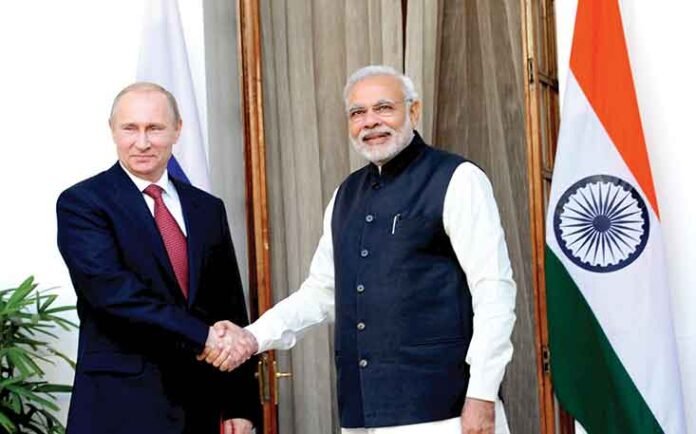At the 2012 Asia-Pacific Economic Cooperation (APEC) meeting in Vladivostok, Russian President Vladimir Putin declared Russia’s Pivot to Asia. It was in response to Asia’s growing economic importance, Moscow’s growth constraints with its traditional West-oriented avenues, and the strategic weakness of its eastern flank. In the ensuing years, through a myriad economic, diplomatic, and defence arrangements, Moscow has quietly positioned itself as a third power in the Asia-Pacific (now widely termed as Indo-Pacific), a new option amid the increasingly bipolar rivalry between Beijing and Washington.
This pivot to Asia has been dramatically accelerated by recent geopolitical events, especially the Russia-Ukraine conflict and subsequent Western sanctions. The intensification of this conflict strengthened Russia’s resolve to develop a space populated by ‘friendly’ or ‘benevolently neutral’ states, leading to more intensive contact with its Eurasian neighbours than in the previous decade. Over the years, Putin has spared no effort in transforming the country’s neglected, resource-rich Far East into an engine of national development.
Russia’s Far East, stretching from Lake Baikal to the Pacific, contains vast, untapped reserves of oil, gas, gold, rare earths, timber, and freshwater, making it a natural candidate for Russia’s next economic leap. By 2025, as Putin highlighted at the Eastern Economic Forum (EEF) in Vladivostok, about 20 trillion roubles had been invested in the Far Eastern companies and enterprises. Many world-class companies have mushroomed in these areas, leading to an increase in trade with the Asian countries. Currently, Asia accounts for over 70% of Russian exports, reflecting a rapid realignment away from Europe.
Putin’s vision, now codified in a draft long-term development strategy up to 2036, seeks to integrate the region into the heart of the Russian and global economy while reversing decades of depopulation and underinvestment. For Russia, the Far East is more than just a resource base; it is a geopolitical bridge. By developing infrastructure, energy, and industry in this region, Moscow aims to position itself as a pivotal player in the Indo-Pacific, balancing ties between China, India, ASEAN, and even the United States. This coincides with Putin’s concept of a ‘Greater Eurasia’, a continent-spanning economic and political space transcending the traditional bloc alignments.
Putin highlighted at the Eastern Economic Forum in Vladivostok that 20 trillion roubles have been invested in the Far Eastern companies that have mushroomed in the area, leading to an increase in trade with the Asian countries. Asia accounts for over 70% of Russian exports, reflecting a rapid realignment away from Europe
Natural Resources and Economic Potential
The Russian Far East is a treasure trove of natural resources, with globally significant reserves of oil, natural gas, gold, platinum, rare earth metals, copper, nickel, coal, and diamonds. Its annual gold output alone is worth billions of dollars, with the region accounting for a major share of Russia’s total production of 330 tonnes in 2022. The Sakhalin gas fields are set to become the backbone of eastward energy flows, and the region has coal reserves sufficient for almost 900 years of domestic use and exports. The region’s forests, covering over half its territory, are a rich source of timber for the world, and its Pacific waters yield some of the world’s most productive fisheries. Freshwater lakes and rivers, critical as global water woes intensify, are in abundance in this fertile region and offer irrigation, hydropower, and transportation potential.
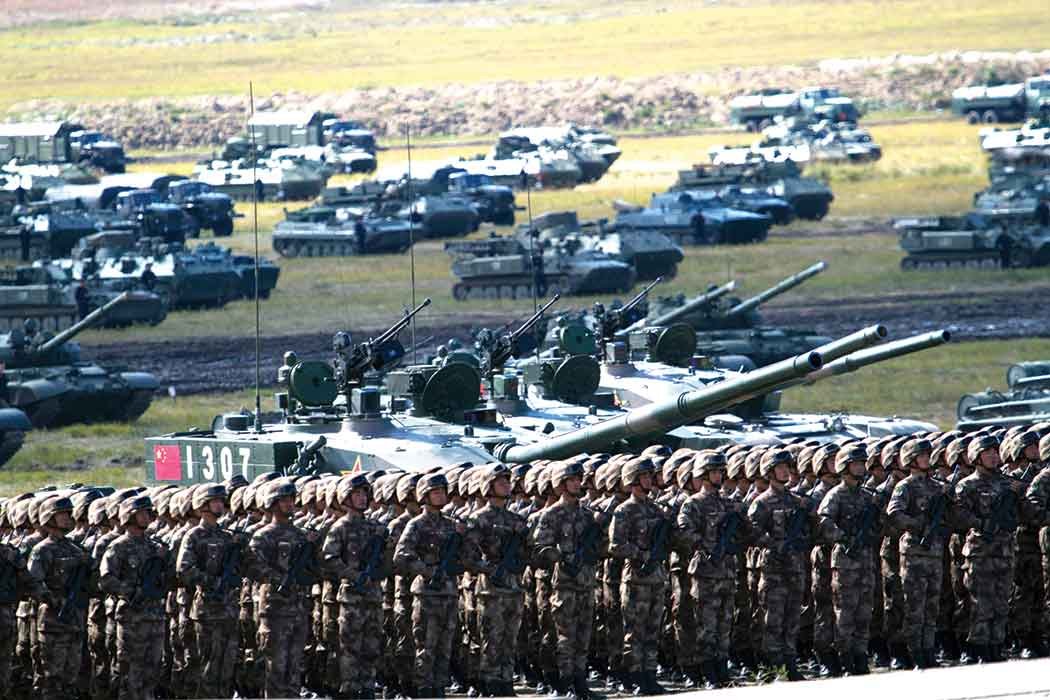
However, persistent challenges remain with underdeveloped urban centres, a shortage of skilled labour, energy capacity bottlenecks, and the logistical complexity of supplying remote regions. Electricity consumption has surged 28% over the last decade, much more than the national average, straining ageing power grids and prompting calls for urgent upgrades. Putin’s recent meetings on energy and infrastructure underscore the scale of the task: upgrading coal and hydropower plants, expanding gas pipelines, and commissioning nuclear and floating power stations to meet this rising demand.
To accelerate growth in the region, the Russian government has prioritised infrastructure development with the focus on building roads and bridges, expanding access to electricity and water, and improving regional connectivity. Special economic zones have also been established, most notably in Vladivostok, offering customs and tax incentives to attract foreign investment. Despite being blessed with such riches, the Far East’s population density remains amongst Russia’s lowest, with steady migration to western regions. The focus of the Russian government’s plan for the region links economic revitalisation with demographic stabilisation. It aims at creating jobs, improving living standards, and enticing both Russians and foreign workers with subsidies to settle in the region.
New Frontier: Rare Earths and Critical Minerals
Beyond hydrocarbons, Russia’s Far East and Arctic are home to an array of critical minerals essential for the global energy transition. This presents a massive, though challenging, opportunity. The Arctic is endowed with incomparably generous deposits of rare-earth elements (REEs) such as neodymium, praseodymium, terbium, and dysprosium, which are critical for electric vehicles and renewable energy technologies.
Russia holds 19% of all discovered global REE deposits but produces only 2% of the world’s supply, a stark disparity that highlights a critical dependency on external technology and capital. Russian industry does face numerous challenges, including a remote location, difficult logistics (only accessible via winter roads), and financial investments. Russia’s ambition to become a major REE exporter depends on foreign investments and technological know-how, particularly from countries such as China and India. Russia, as disclosed by President Putin in the plenary address during EEF 2025, is in the process of finalising a long-term plan for the development of the rare earth metals industry in the Far East.
Eastern Economic Forum and Global Outreach
The annual Eastern Economic Forum (EEF) in Vladivostok has become the flagship platform for Russia’s Far East ambitions. The tenth edition, held from September 3 to 6, 2025, with the theme, ‘The Far East: Cooperation for Peace and Prosperity’, showcased Russia’s commitment to its Eastern strategy. It drew participants from more than 70 countries, including high-level delegations from China, India, Mongolia, and Southeast Asian countries. The Forum’s agenda highlighted not only energy and infrastructure projects but also the strategic importance of the Far East as an Eurasian transportation and logistics hub. A total of 358 agreements, including treaties, memoranda, and roadmaps, were signed during the forum. The total value of the publicly disclosed agreements exceeded RUB 6.058 trillion.
The Russian Far East region’s forests, covering over half its territory, are a rich source of timber for the world, and its Pacific waters yield some of the world’s most productive fisheries. Freshwater lakes and rivers, critical as global water woes intensify, are in abundance in this fertile region and offer irrigation, hydropower, and transportation potential
Putin, in his plenary address, stressed that Russia’s engagement with Asia was not a ‘pivot’ but a response to ‘objective processes’ in the global economy. He unveiled plans for a Trans-Arctic Transport Corridor, linking the Northern Sea Route (NSR) through Siberia to new rail and river networks, aiming for seamless cargo movement from the Pacific to the Arctic and onward to Europe. This vision dovetails with existing projects such as the proposed Chennai-Vladivostok Maritime Corridor, which would directly connect Indian ports to Russia’s Pacific coast. For Asian partners, access to Russian resources, especially critical minerals and energy, is a key takeaway. For Russia, these corridors promise to reduce reliance on traditional (and increasingly contested) maritime chokepoints like the Suez Canal.
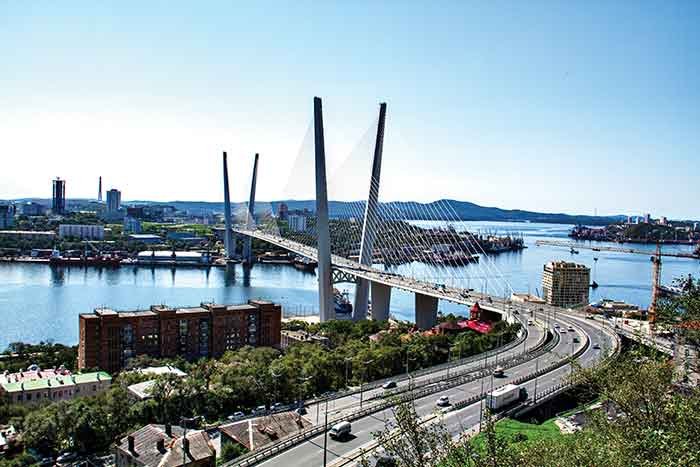
India participated with one of its largest-ever delegations, reflecting New Delhi’s interest in diversifying energy sources and deepening strategic ties with Moscow amid rising tensions with Beijing and trade imbroglio with the United States. Indian officials and analysts highlighted the potential for joint ventures in mining, energy, and logistics, while also noting the region’s acute need for skilled labour. In the years to come, this could become a potential opening for Indian skilled workers in an increasingly sparsely populated landscape.
US Role: Cooperation and Containment
The United States has historically viewed the Russian Far East through the prism of great-power competition, with Washington’s economic footprint in the region remaining limited. The 2025 Putin-Trump summit in Alaska brought renewed attention to the Arctic as a possible arena for US-Russia cooperation. In public remarks, Putin highlighted the potential for ‘region-to-region’ collaboration, including joint energy and infrastructure projects in the Bering Strait and Alaska.
US officials reportedly discussed the use of Russian nuclear icebreakers for Alaskan gas projects, an acknowledgment of Moscow’s unmatched Arctic maritime capabilities. However, substantive US involvement in Far Eastern development remains constrained by sanctions, political mistrust, and the dominance of Chinese capital. Some analysts argue that Washington views Arctic cooperation as a potential wedge to reduce Moscow’s dependence on Beijing, while Russia views it as a way to offset Western isolation.
Arctic Gateway and the Far East
Russia’s Far East and Arctic strategies are increasingly intertwined. The Kremlin is betting heavily on nuclear icebreaker technology to unlock the Northern Sea Route, a shortcut between Europe and Asia that could dramatically reduce shipping times compared to the Suez Canal. The launch of ‘Rossiya’, the first in a new class of Project 10510 nuclear icebreakers powered by advanced RITM-400 reactors, marks a milestone in this effort. These vessels, capable of breaking ice up to 14 feet thick, are designed to ensure year-round navigation along Russia’s Arctic coast, transforming the NSR into a viable global trade artery by as early as 2030.
Russia’s Far East project is inseparable from its broader vision of Greater Eurasia. The concept envisions a continent-wide network of economic, political, and security partnerships stretching ‘from Shanghai to Lisbon’ and from ‘New Delhi to Murmansk’, with Russia as a pivotal bridge between Europe and Asia
The economic implications are profound: fully operational, as compared to the southern routes, the NSR could slash transit time from Murmansk to Yokohama by 40%. This will open access to the vast reserves of Arctic oil, gas, and mineral deposits all year round. For Russia, this not only means transit fees and port revenues but also enhanced leverage in global shipping lanes. Presently, the development of Arctic infrastructure, including ports, search-and-rescue stations, and satellite navigation, is being undertaken, supported by Russian state investments and partnerships with some Asian energy importers.
Yet, Russia’s Arctic ambitions face headwinds. Climate change brings along ecological risks and heightened international scrutiny. The sheer cost of maintaining a nuclear icebreaker fleet and supporting infrastructure in the permafrost region requires state-of-the-art technology and sustained investment. Biting Western sanctions and concomitant global economic volatility complicate the financial inclusivity of other nations. Moreover, the geopolitical sensitivity of the Arctic that involves not just Russia and the US but also Canada, Norway, and China, means that Moscow’s actions will be closely watched and potentially contested.
Far East Development: Greater Eurasia Dream
The Kremlin’s Far East project is inseparable from its broader vision of ‘Greater Eurasia’, an idea championed by Putin since 2016 as an alternative to Western-dominated globalisation. The concept envisions a continent-wide network of economic, political, and security partnerships stretching ‘from Shanghai to Lisbon’ and from ‘New Delhi to Murmansk’, with Russia as a pivotal bridge between Europe and Asia. This vision rejects the notion of a unipolar or a bipolar world and promotes a multipolar order in which Moscow plays the role of a balancer and a connector.
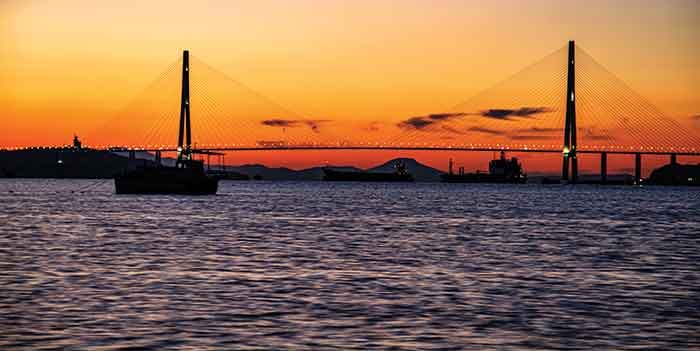
Developing the Far East is central to this ambition. By integrating Siberia and the Pacific coast into transcontinental trade and energy corridors, Russia aims to reduce its vulnerability to Western pressures while increasing its leverage in Asia. The EEF and related initiatives are designed to attract investment not just from China and India but also from Southeast Asia, the Middle East, and even Europe. Putin has explicitly framed the region’s development as a contribution to a ‘more just’ and ‘polycentric’ world.
India’s Role: Strategic Engagement
India’s deepening engagement with the Russian Far East is one of the significant pillars of Moscow’s ‘turn to the East’ initiative. At the 2025 Eastern Economic Forum, India sent one of its largest-ever delegations, signalling New Delhi’s determination to diversify its energy security, deepen strategic ties with Moscow, and secure access to critical minerals. Indian companies have already signed agreements covering mining, oil and gas, timber, and infrastructure projects, with India’s ambassador to Russia highlighting the ‘huge potential’ for bilateral cooperation.
This engagement is not merely transactional; it reflects a broader strategic convergence as both countries seek to navigate the shifting geopolitics of Asia. For India, the Far East offers an alternative to supply chains dominated by China, while for Russia, India’s participation helps counterbalance Beijing’s growing economic clout and ensures a more diversified development partnership.
The stakes for Russia’s geopolitical future are immense, as the success could embed Moscow as an indispensable actor in the Indo-Pacific and a strategic bridge between Eurasia’s major economies. The failure, however, risks further isolation of Russia and continuing demographic decline in the East
Siberia: Russia’s New Strategic Heartland
Putin’s Far East focus and development represent the reorientation of Russian strategic identity for the 21st century. It is an effort to shift the fulcrum of the economic gravity of a civilisational state from its historic European core to the vast, resource-rich Siberian frontier. The stakes for Russia’s geopolitical future are immense, as the success could embed Moscow as an indispensable actor in the Indo-Pacific and a strategic bridge between Eurasia’s major economies. The failure, however, risks further isolation of Russia and continuing demographic decline in the East.
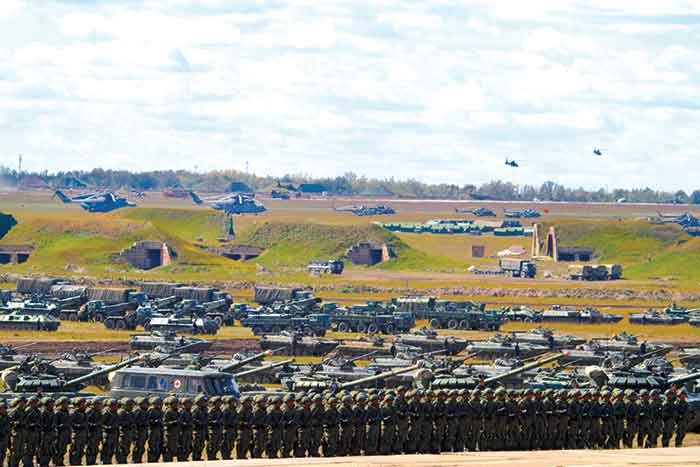
The 2025 EEF demonstrated both the scale of Russia’s ambitions, the formidable obstacles to their fulfillment and Putin’s designs to overcome these. The continued relocation of the masses from Siberia and the Far East, persistent infrastructure shortfalls, and the geopolitics of sanctions all underline the difficult and uphill task that Putin has to surmount. Yet, with China’s rise, India’s strategic partnership, and the unlocking of Arctic sea lanes, a critical threshold may be approaching for Siberian development.
For India, the United States, and the broader Indo-Pacific community, Moscow’s Far East pivot is both an opportunity and a challenge. It offers a chance to engage with a major resource-rich economic power and opens a new frontier in the great game of Eurasian geopolitics. India, with its special and privileged strategic partnership with Russia, is well placed to take on the Easterly Siberian Winds in its sails.
The writer, Kirti Chakra, AVSM, VSM, is an Indian Army veteran. He has also served as the Indian Military Attaché in Moscow. He is the Founding Director and CEO of ThorSec Global. An accomplished scholar, he specialises in Geopolitics with a focus on Russian Studies and is currently pursuing his PhD in the field, further enriching his depth of knowledge and global perspective. He can be reached at deepakmehra67@yahoo.co.uk and deepak.mehra@thorsecglobal.com

